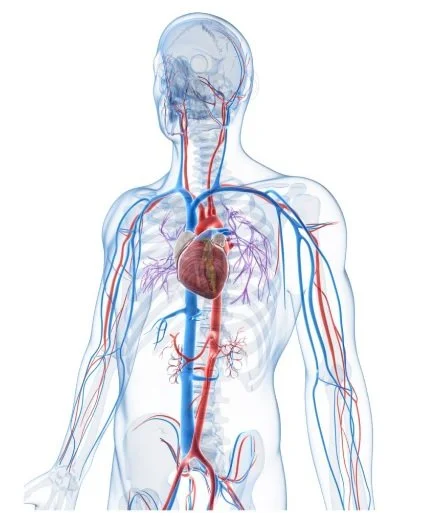Gall Bladder
The gall bladder is a pear shaped organ that can be located on the visceral surface of the liver, anterior to the superior part of the duodenum and is divided into the following parts:
Fundus
Body
Neck -a small pouch (Hartmann’s pouch) may extend from the neck as a sequela to pathologic changes and is a common site for gallstones to lodge.
It’s anatomical relations can be described as:
Anteriorly: Inferior border of the liver and the anteriorly abdominal wall
Posteriorly: Proximal region of duodenum and transverse colon
Inferiorly: Remaining parts of duodenum and the biliary tree
Bile secreted from hepatocytes drain from the liver through the right and left hepatic ducts. These two ducts come together and unite to form the common hepatic duct.
As the common hepatic duct descends, it unites with the cystic duct, which allows for the movement of bile into and out of the gallbladder. The common hepatic duct and the cystic duct continue together as the common bile duct.
The common bile duct in turn passes posteriorly to the first part of the duodenum and the head of the pancreas. The pancreatic duct unites with the common bile duct to form the hepatopancreatic ampulla (also known as the ampulla of Vater) which empties its contents into the duodenum through the major duodenal papilla.
The major duodenal papilla is regulated by the sphincter of Oddi which is a muscular valve.
Blood Supply
The cystic artery supplies the gall bladder.
Venous Drainage:
The cystic vein drains the gall bladder.
Innervation:
It receives parasympathetic innervation from the vagus nerve via the celiac plexus which cases the gallbladder to contract. It receives sympathetic innervation from the celiac plexus.
Clinical Notes:
Gallstones are cholesterol crystals and while they are usually asymptomatic in nature, in some instances, when the gallstones are large enough to mechanically injure the gallbladder, or get stuck in the hepatopancreatic ampulla or cystic/hepatic ducts, it might cause biliary colic.



